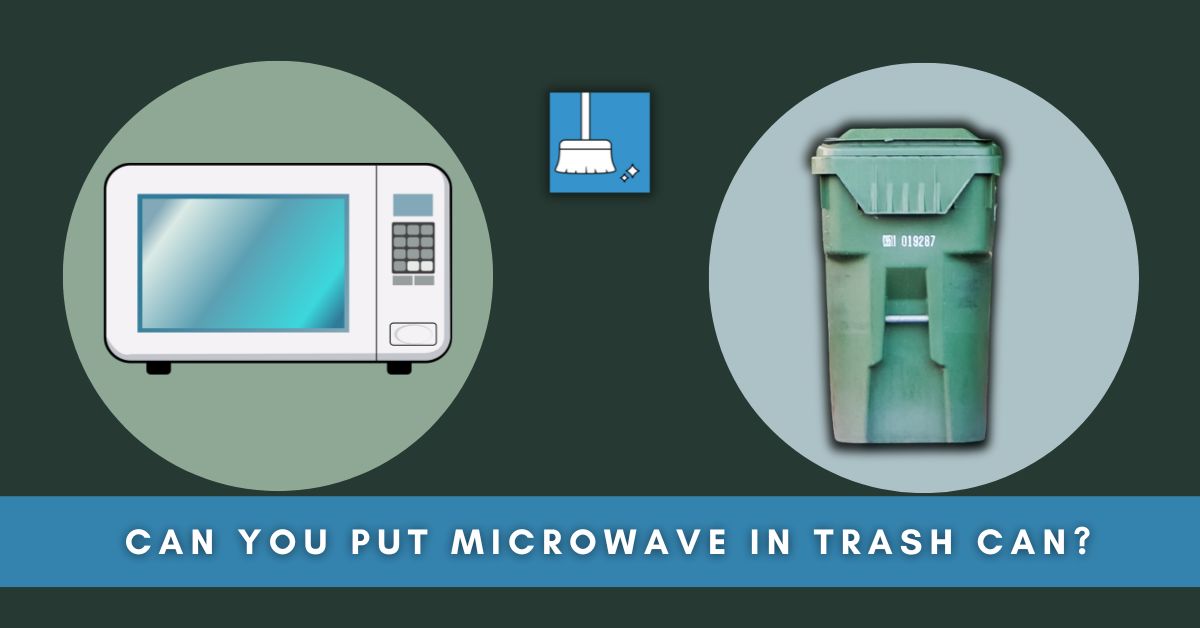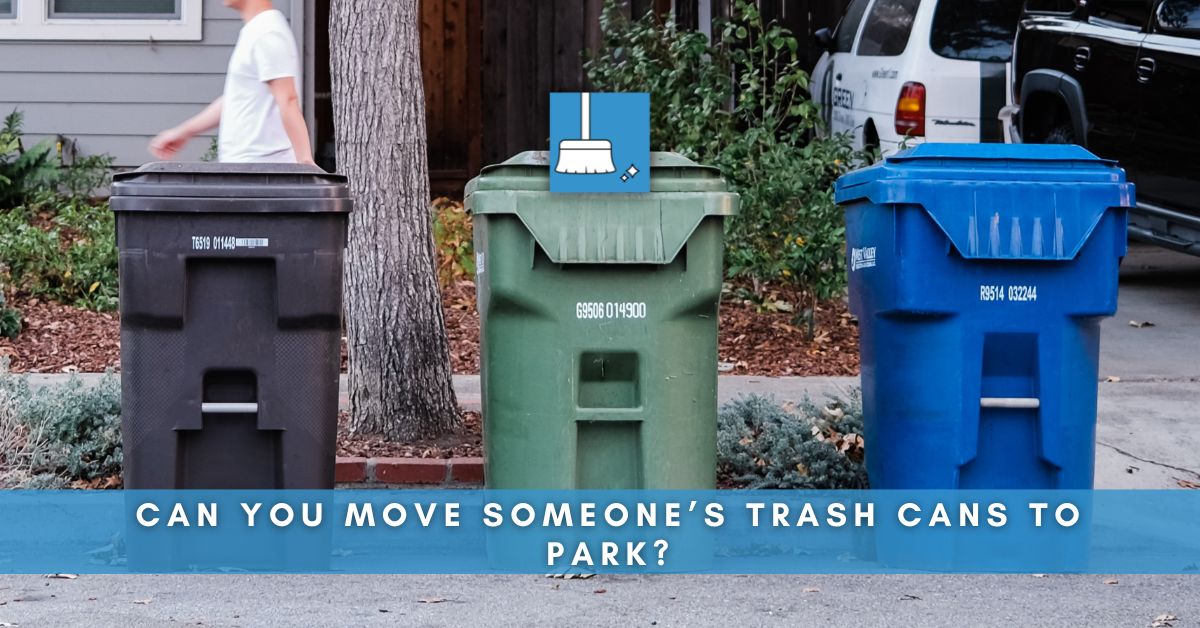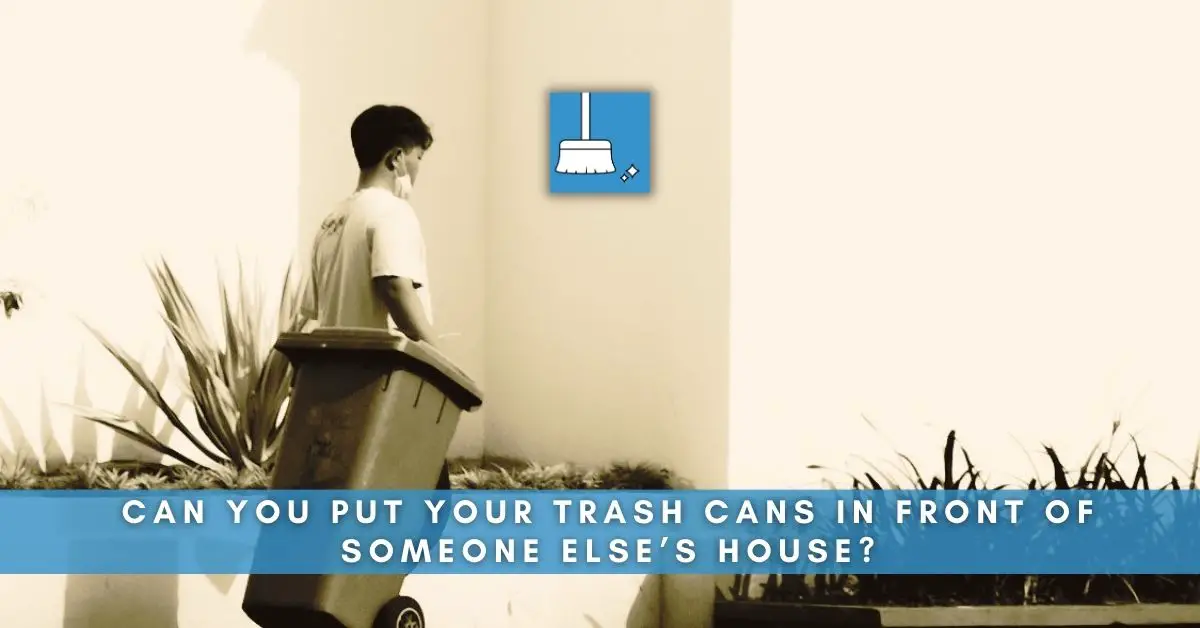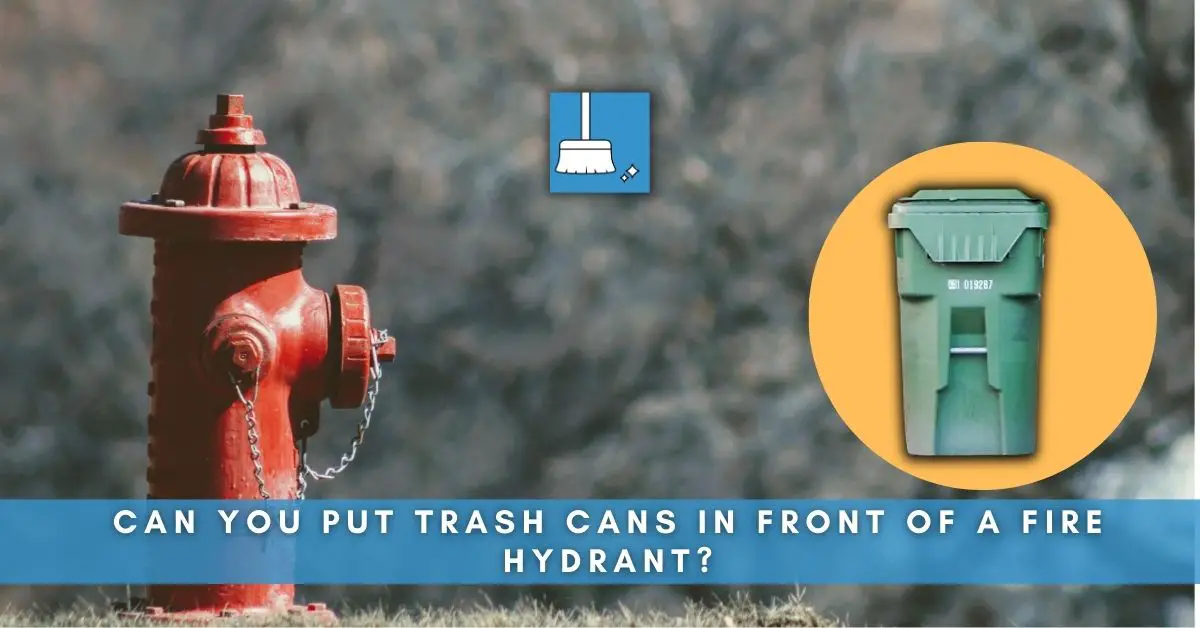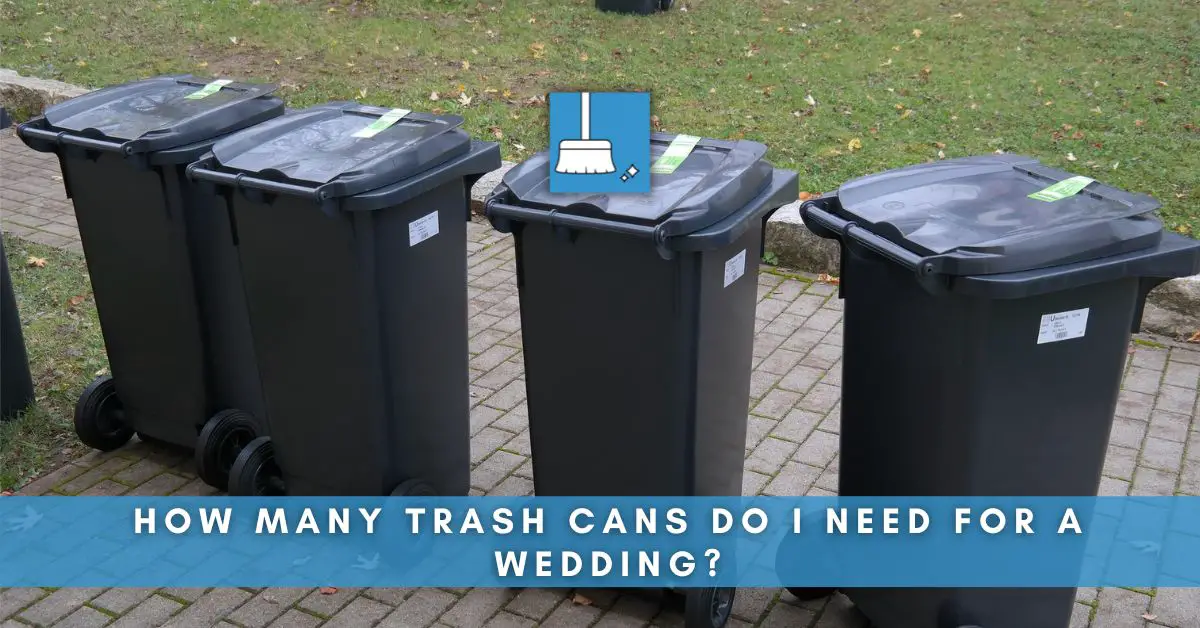Are you thinking about tossing your old microwave in the trash can? Hold on! Did you know that improper disposal of microwaves can lead to serious fines and legal trouble? Due to their electrical components, microwaves are considered e-waste in many places, making them hazardous to dispose of. But don’t worry, there are ways to safely and easily dispose of your old microwave.
Why Microwaves are treated as e-waste?
Microwaves are classified as electronic waste (e-waste) because they contain electronic components and hazardous materials. They should NOT be disposed of with regular trash or other recyclables. E-waste can have dangerous elements that pose environmental and health hazards, such as lead, mercury, and cadmium.
Improper disposal of microwaves and other e-waste can lead to legal consequences.
The best way to dispose of microwaves is through e-waste recyclers who take apart the appliances to separate materials that can be reused.
Other options include donating to second-hand retail stores and charity centers or taking them to a local e-waste recycling center. [1]
What is E-waste?
E-waste is defined as any electronic device that is no longer in use and has been discarded or is about to be discarded.
Microwaves fall under the category of small appliances, which includes vacuum cleaners, toasters, hair dryers, and other home devices.
There are two types of microwaves: countertop microwaves, which are the most common, and over-the-range microwaves, which are mounted above the stove.
Microwaves are generally made up of metal, plastic, and electronic components, all of which have the potential to be hazardous if disposed of improperly. [2]
Dangers of Irresponsibly Disposing of Microwaves (e-waste)
E-Waste contains a variety of dangerous elements that can harm both the environment and human health. Cadmium, lead, and mercury are commonly found in electronic devices such as microwaves, and exposure to these toxins can cause a range of health problems.
Lead exposure can cause developmental delays in children and contribute to cardiovascular disease in adults.
Mercury exposure can damage the nervous system and cause developmental delays in fetuses and children.
Improperly disposed of e-waste can release these toxins into the environment through leaching, which can contaminate soil, water, and wildlife. [3]
When these items end up in landfills, harmful chemicals such as lead, mercury, and cadmium can leach into the soil and groundwater. This can contaminate water sources and harm wildlife and vegetation.
When e-waste is burned, it releases toxic fumes into the air, which can cause respiratory issues and other health problems for humans
Additionally, microwaves are not biodegradable and do not break down in a landfill. Instead, they rust and degrade over time, taking up valuable space in already overfilled landfills.
The high-voltage capacitor in a microwave also contains oil or other liquids that can be toxic if released into the environment. [4]
Why Microwaves are Considered E-waste?
Microwaves are considered e-waste because they contain various recyclable materials, including metal, glass, plastics, and precious metals.
These materials make microwaves extremely difficult to dispose of in a landfill, as they not only take up valuable space, but also contain hazardous chemicals such as lead, mercury, and cadmium, which can leach into the soil and groundwater over time.
E-waste recyclers are trained to take microwaves apart safely, sorting out the useful parts for reuse. Some of the parts that make up microwaves include the motor, transformer, magnetron, and control panel. [5]
How to Dispose of Microwaves Safely?
1- Donating to second-hand retail stores and charity centers
Donating your old microwave to second-hand retail stores and charity centers can be a great option for both getting rid of your e-waste and helping out those in need.
Not only does it keep your old microwave out of the landfill and reduce the release of harmful elements, but it also gives others the opportunity to have a functioning appliance they may not have been able to afford otherwise.
Habitat for Humanity’s Restore, Goodwill, and the Salvation Army are all excellent options for donating appliances.
Additionally, the proceeds from these donations often go towards supporting and bettering local communities. Ensure that your microwave is in clean working condition with all parts intact before donating. [6]
2- Recycling
Recycling is an excellent way to dispose of an old microwave safely and protect our environment.
There are various options for recycling, depending on the condition of your appliance. Recycling companies that recycle e-waste will repurpose your microwave by extracting and reusing its valuable metals, such as the copper wiring and circuitry.
Some electronic stores also accept microwaves for recycling in exchange for a discount or small fee. Remember to check with your local authorities for recycling guidelines and proper disposal methods. [7]
3- Sell on Social Media or Classifieds
You can Easy go to groups online where you can put picture and descriptions of your old microwave. Some people might even just be in need of some specific parts of a microwave and you might be able to get rid of it even in a non working condition.
4- Landfill options
When it comes to getting rid of old microwaves, throwing them away in a landfill should be the last resort.
If you have exhausted all other options, disposing of your microwave in a landfill may be your only choice.
However, it’s important to know that there are restrictions on what can be put in a landfill.
You’ll need to check your local guidelines to determine if microwaves are allowed. In most cases, you’ll need to pay a fee, and the microwave will need to be secured properly before disposal. When in doubt, consider donating or recycling your old microwave instead.

